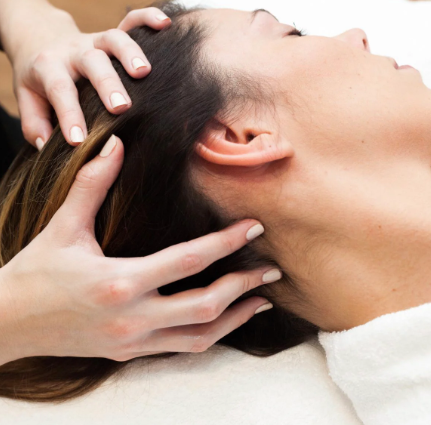Massage for Neck Pain: A Natural Path to Relief
|
Neck pain is one of the most common complaints in today’s fast-paced, screen-dominated world. Whether caused by poor posture, stress, injury, or medical conditions like arthritis, neck pain can significantly interfere with daily activities. Among the many treatment options available, massage therapy stands out as a natural, non-invasive way to relieve pain, restore mobility, and promote overall wellness. What Causes Neck Pain?Before diving into massage for neck pain, it’s important to understand what might be triggering your neck pain. Common causes include: |
- Muscle strain from prolonged computer or phone use (“tech neck”)
- Poor posture, especially while sitting or sleeping
- Stress and tension, which can cause muscles to tighten
- Whiplash or injuries
- Arthritis or degenerative disc disease
Identifying the root cause is essential for choosing the right massage techniques and complementary treatments.
Benefits of Massage for Neck Pain
Massage therapy can provide both short-term relief and long-term benefits for people suffering from neck pain:
-
Reduces muscle tension and stiffness
Targeted massage helps loosen tight muscles and relieve spasms that contribute to neck discomfort. -
Improves blood circulation
Increased blood flow delivers oxygen and nutrients to tissues, helping to speed up healing and reduce inflammation. -
Enhances range of motion
By releasing muscle knots and improving flexibility, massage can make it easier to move the neck freely and without pain. -
Reduces stress and anxiety
Many people hold tension in their neck and shoulders. Massage helps activate the parasympathetic nervous system, promoting relaxation. -
Decreases headache frequency
Tension headaches are often linked to neck tightness. Massage can reduce both their intensity and frequency.
Massage Techniques for Neck Pain
Here are a few common techniques used by professional therapists or suitable for self-massage at home:
- Swedish Massage: Gentle, flowing strokes to improve circulation and relax muscles.
- Deep Tissue Massage: Targets deeper muscle layers to release chronic tension and adhesions.
- Trigger Point Therapy: Focuses on specific tight points that refer pain to other areas (e.g., neck pain radiating to the shoulder).
- Myofascial Release: Gentle sustained pressure on the connective tissue to release restrictions.
- Self-Massage: Using your fingers, massage balls, or a massage gun to apply pressure to sore spots and tight muscles.
Tips for Safe and Effective Massage
- Stay hydrated: Drink water before and after your massage to help flush out toxins.
- Communicate clearly: Let your therapist know where it hurts and how much pressure is comfortable.
- Don’t overdo it: Too much pressure can worsen inflammation. Start gently and build up.
- Be consistent: Regular massage (even 10–15 minutes a few times a week) can be more effective than occasional sessions.
- Combine with other therapies: Stretching, physical therapy, or ergonomic adjustments can enhance the benefits.
When to See a Professional
|
While self-massage can help in many cases, consult a licensed massage therapist or healthcare provider if:
A professional can tailor massage therapy to your specific needs and work in conjunction with other treatments if necessary. |
Final Thoughts
Massage is a powerful and holistic tool for managing neck pain. Whether you're looking for a way to unwind after a long day or seeking lasting relief from chronic discomfort, incorporating massage into your routine can significantly improve your quality of life. Remember, a healthy neck supports not just your head, but your overall well-being.

